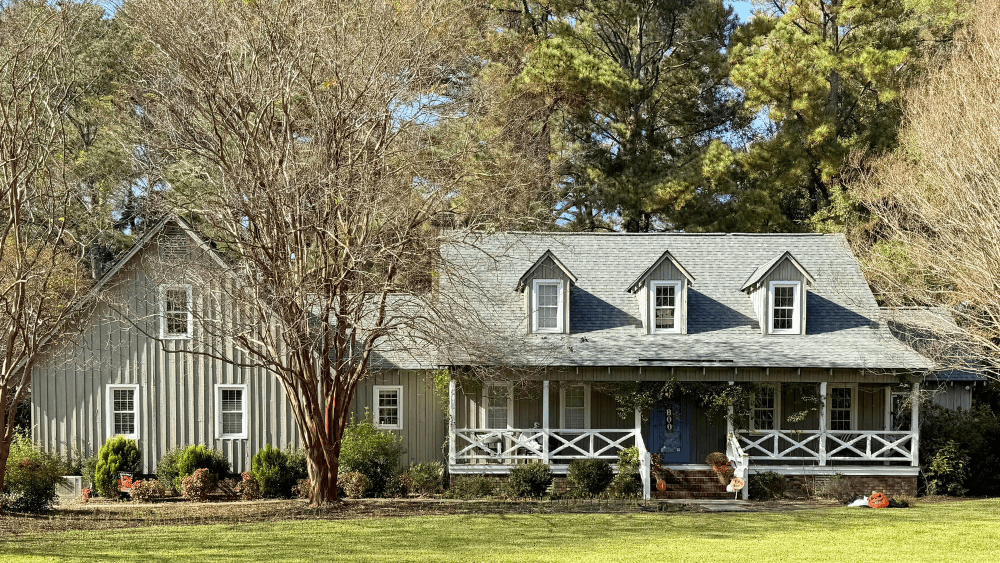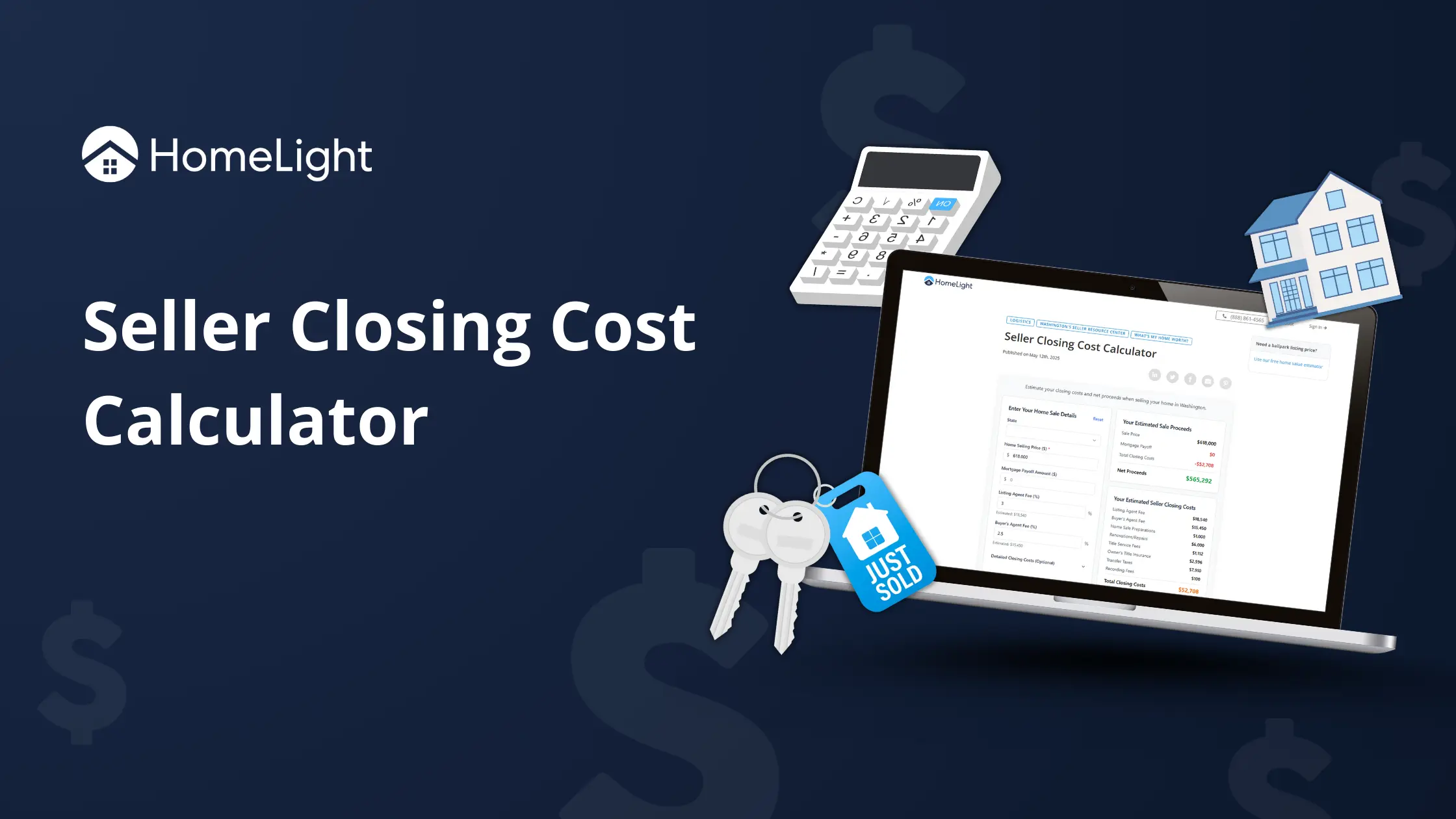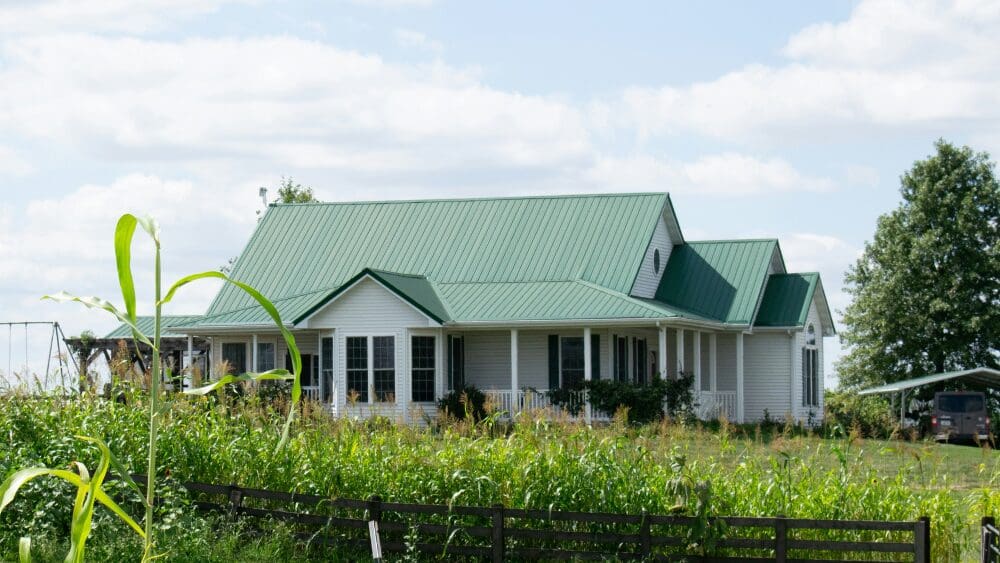
If you’re ready to buy a new home in South Carolina but still need to sell your current one, it can be challenging to figure out the correct timing. Coordinating the sale of your current home and purchasing a new one is even more difficult when competition is fierce and prices are high. You might think your only option is to sell, find temporary housing, and hope your next home becomes available soon. A bridge loan could offer a better solution. With short-term financing, a bridge loan helps you secure your new home while giving you the time to sell your existing one—making it easier to move forward without the juggling act. A bridge loan, sometimes called a swing loan or gap financing, is a short-term loan designed to help you buy a new home while you’re still working on selling your current one. This type of loan leverages the equity in your existing property, giving you the cash you need for a down payment and closing costs on your next home. While bridge loans tend to have higher rates than traditional mortgages, they offer a convenient and quick solution for homeowners who need flexibility to make a smooth transition. A typical scenario where a South Carolina buyer might need a bridge loan is when they find the right new home before their current one has sold. In this case, you can use the equity from your existing home to cover the down payment and closing costs on your new purchase. Usually, the lender handling your new mortgage can also provide a bridge loan, often with terms lasting six months to one year. As part of the approval process, they may calculate your debt-to-income ratio (DTI), including payments on both your current and new mortgages and any interest on the bridge loan, if applicable. In some cases, if your existing home is already under contract and the buyer’s loan is approved, the lender might only count the new mortgage in your DTI. Using a bridge loan has several benefits, including allowing you to buy your new home while smoothly managing the transition. While a bridge loan can provide flexibility, it also comes with a few potential drawbacks that are important to consider. Lenders will review both your income and the equity in your current home to determine how much you can borrow. Qualifying may be challenging if you owe more than 80% of your home’s value. A bridge loan isn’t the right fit for every situation, but in some cases, it can make the buy-sell transition smoother. Some scenarios where a bridge loan might be a helpful solution include:What is a bridge loan, in simple words?
How does a bridge loan work in South Carolina?
What are the benefits of a bridge loan in South Carolina?
What are the drawbacks of a bridge loan?
When is a bridge loan a good solution?



